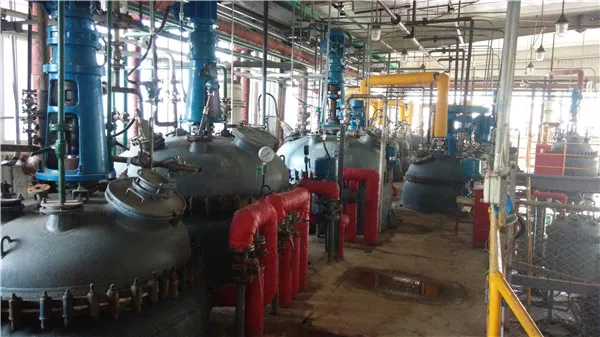Chemical Treatment of Drinking Water Ensuring Safe Consumption
Access to clean drinking water is fundamental to human health and well-being. As populations grow and pollution increases, the treatment of water becomes increasingly crucial. Chemical treatments play a vital role in ensuring that water is safe for consumption. This article discusses various chemical treatments used in drinking water purification, their effectiveness, and the importance of maintaining safe water quality.
One of the primary goals of chemical treatment is to remove harmful contaminants and pathogens from water sources. Commonly used chemicals in water treatment include chlorine, ozone, and various coagulants. Chlorination is one of the oldest and most widely adopted methods for disinfecting drinking water. Chlorine is effective in killing bacteria and viruses, thereby reducing the risk of waterborne diseases.
However, the use of chlorine is not without its drawbacks. When chlorine reacts with organic matter in water, it can form disinfection byproducts (DBPs) like trihalomethanes and haloacetic acids, which are potentially harmful to human health. To mitigate this issue, water treatment facilities often use alternative disinfectants such as ozone or ultraviolet (UV) light. Ozone is a powerful oxidizing agent that not only disinfects but also helps in breaking down organic and inorganic pollutants. UV light, while not a chemical in the traditional sense, is effective in inactivating microbes without introducing any harmful substances into the water.
chemical treatment of drinking water

Another critical aspect of chemical treatment is coagulation and flocculation. In this process, coagulants—like aluminum sulfate (alum) or ferric chloride—are added to the water to bind with suspended particles, forming larger aggregates called flocs. These flocs can then be easily removed through sedimentation or filtration. This step is essential for clarifying water and removing turbidity, which can harbor pathogens and pollutants.
pH adjustment is also an integral part of chemical water treatment. Maintaining an optimal pH level is crucial for the effectiveness of disinfectants and the overall quality of water. Lime or sodium hydroxide is commonly used to raise pH levels, while sulfuric acid can be used to lower it. Monitoring and adjusting the pH ensures that the water treatment processes operate efficiently and that the water remains safe for consumers.
Beyond the immediate treatment processes, it's essential to continuously monitor the quality of drinking water. Regulatory agencies set stringent standards for water quality, requiring regular testing for contaminants. By adhering to these regulations, water treatment facilities can ensure that they provide safe and reliable drinking water to communities.
In conclusion, chemical treatment of drinking water is a complex yet essential process that safeguards public health. By utilizing various chemicals and advanced treatment methods, we can effectively remove harmful contaminants and ensure that our drinking water is safe. Continued investment in water treatment technology and research is necessary to address emerging contaminants and ensure the sustainability of this vital resource. As stewards of our water supply, it is imperative that we embrace innovative solutions to maintain the safety and quality of drinking water for future generations.

